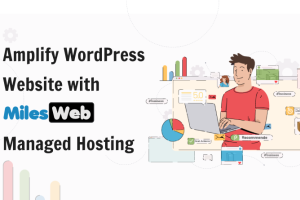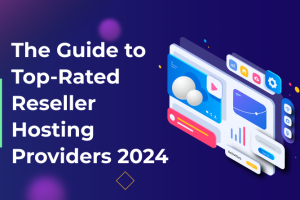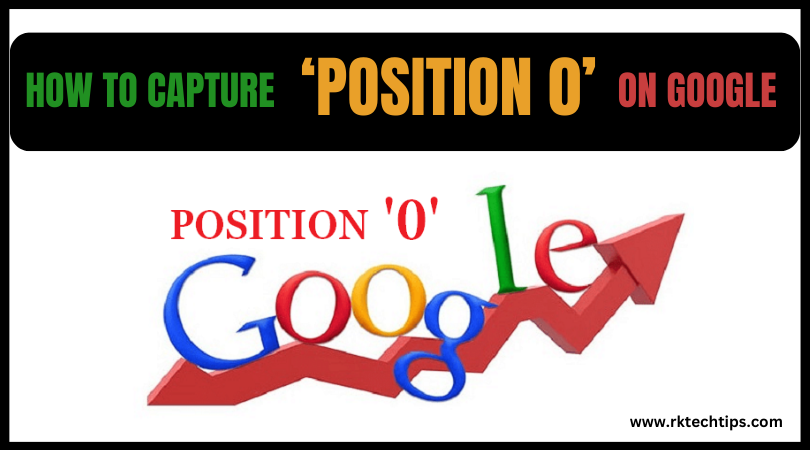If you struggle to rank high in Google Search Results, you must change things up. So, we’ve put together a guide on how to capture ‘position 0’ on Google for you!
Understanding featured snippets
Featured snippets may not be one of the four most important concepts of SEO, but they are still essential to capture ‘Position 0’ on Google! Featured snippets are concise, highlighted answers displayed above the regular search results, providing users with immediate answers to their queries.
These snippets often include text, lists, tables, or images, making them highly valuable for users seeking quick and relevant information.
So, by optimizing your content to appear in featured snippets, you increase the visibility of your website and establish authority in your niche. Remember, capturing ‘Position 0’ may not be the primary goal of SEO, but it undoubtedly enhances your online presence and improves user engagement.
Conducting keyword research for ‘position 0’
Conducting keyword research for Position 0 is vital to your SEO strategy. To claim the coveted ‘Position 0’, you must identify high-intent keywords that align with your content.
So, analyze competitor-featured snippets to understand what works in your niche. Utilize SEO tools to uncover relevant keywords with substantial search volume and low competition.
Remember, question-based queries often trigger featured snippets, so focus on crafting clear and concise answers to common user questions. Structured data markup will also improve your chances of appearing in featured snippets! So, by optimizing your content for these snippets, you increase your visibility and establish your website as an authoritative source in your industry.
Stay up-to-date with keyword trends and user behavior will refine your approach and boost your chances of capturing ‘Position 0’ on Google!
Creating high-quality content
Creating high-quality content is always a keystone for a successful SEO strategy. So, engage your audience with informative, relevant, and well-researched articles.
Use captivating headlines, subheadings, and bullet points to improve readability. Add elements like images and videos to enhance user experience. Remember to include a call-to-action to encourage user engagement and social sharing.
Furthermore, remember to look into optimizing your WordPress blog for mobile so you can post content available on all screens! After all, mobile-friendly content is crucial for reaching a wider audience and improving search engine rankings. Finally, regularly update and refresh your content to keep it current and valuable to your readers.
Utilizing visual content
In today’s digital landscape, one of the main things you need to learn to grow your site is how to use visual content effectively.
Visuals, such as images, infographics, and videos, are crucial in capturing your audience’s attention and conveying complex information in a digestible format.
So, incorporating eye-catching visuals not only enhances the overall aesthetics of your website but also improves user engagement and reduces bounce rates.
When creating visual content, ensure it aligns with your brand identity and complements your written material. Of course, use alt tags and descriptive filenames to optimize visual elements for search engines, making your content more accessible and discoverable.
On-page SEO strategies
On-Page SEO strategies are vital for optimizing your website and improving search engine rankings. So, start by conducting thorough keyword research as already suggested and strategically incorporating relevant keywords into your content, headings, and meta tags.
Moreover, utilize descriptive and keyword-rich URLs to enhance click-through rates. Remember to optimize website architecture for SEO to holistically boost your site’s SEO! Ensure your website loads quickly; page speed is a crucial ranking factor.
Finally, use internal linking to establish a clear site structure and help search engines crawl and index your pages effectively.
Enhancing the user experience
Enhancing the user experience is another key aspect of successful SEO. So, start by optimizing your website’s design and navigation to ensure seamless user journeys.
Improve page loading speed to reduce bounce rates and keep users engaged. Moreover, utilize headings and subheadings to improve content readability and scannability.
You should also implement user-friendly forms and call-to-action buttons to encourage interactions. Focus on intuitive site architecture and internal linking to help users find relevant information easily.
Finally, regularly gather user feedback and make necessary improvements to address their needs. By prioritizing user experience, you’ll satisfy your audience and gain favor with search engines, leading to improved rankings and organic traffic.
Technical SEO for ‘position 0’
Technical SEO is crucial to capture ‘position 0’ on Google. As such, you must ensure your website is crawlable and indexable by search engines using sitemaps and robots.txt.
Optimize your site’s structure and navigation for easy user access and search engine understanding. Moreover, implement schema markup and structured data to provide context and relevancy to your content.
Focus on improving page loading speed to enhance user experience and meet Google’s Core Web Vitals requirements.
Furthermore, use canonical tags to avoid duplicate content issues and consolidate ranking signals.
Finally, pay attention to site security with HTTPS encryption to build user trust and improve search rankings. And, of course, regularly monitor and fix any broken links or errors on your site.
Monitoring and measuring success
Monitoring and measuring the success of your SEO efforts is essential for ongoing improvement. So, utilize tools like Google Analytics to track website traffic, keyword rankings, and user engagement.
Analyzing these metrics helps you identify what’s working and what needs adjustment. Monitoring measures your results and also lets you spot malicious actions taken against you, which, in turn, lets you recover from a negative SEO attack quicker. Keep a close eye on your backlink profile to ensure it remains healthy and authoritative.
You should also use performance data to refine your content and targeting strategies! Finally, stay informed about industry trends and algorithm updates to adapt your SEO tactics accordingly.
You’ll be better equipped to achieve sustainable growth and maintain a competitive edge in the digital landscape by consistently monitoring and measuring your SEO efforts.
Working hard to capture ‘position 0’ on Google
By using our guide on how to capture ‘position 0’ on Google, you can significantly improve your ranking. And if you apply it consistently while keeping up with any emerging trends, your website will remain in the lead!














